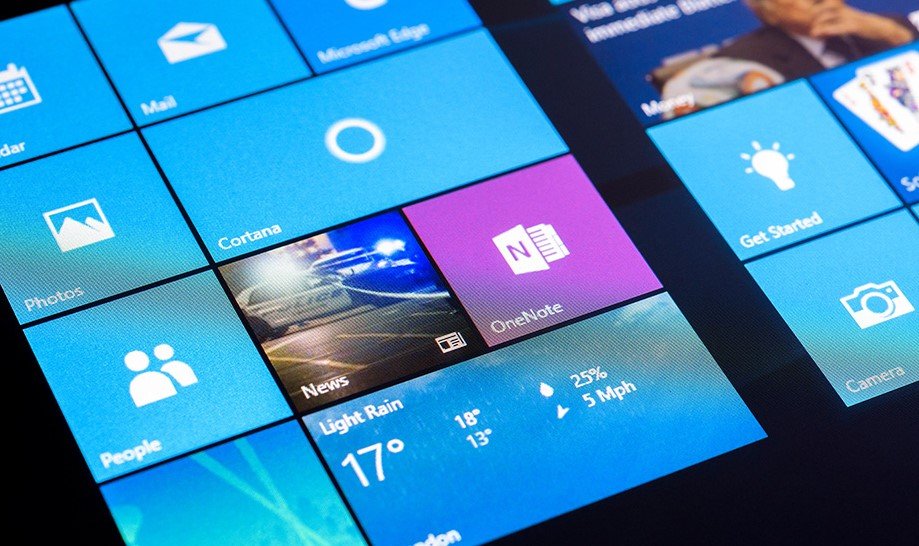Microsoft has confirmed a major glitch in its Windows 11 Media Creation Tool, causing it to crash on Windows 10 devices just days before Windows 10 support ends on October 14, 2025. This issue leaves millions of users scrambling for ways to upgrade as security updates stop, raising concerns about device safety and smooth transitions.
What Went Wrong with the Upgrade Tool
The problem stems from an update released on September 29, 2025, for the Windows 11 Media Creation Tool version 26100.6584. When users try to run it on Windows 10 machines, the tool opens briefly, shows a Windows logo, and then closes without any error message.
This glitch affects people trying to create bootable USB drives or DVDs for a clean Windows 11 install. Reports from tech sites and user forums show widespread failures, with many unable to proceed despite multiple attempts.
Experts point out that the timing could not be worse, as Windows 10’s end of life approaches. The tool was meant to help users migrate easily, but now it adds frustration to an already tight deadline.

Why This Matters for Windows 10 Users
With over 400 million devices still running Windows 10 worldwide, the support cutoff means no more free security patches or bug fixes after October 14, 2025. This leaves systems vulnerable to new threats, as hackers often target unsupported software.
Users who delay upgrades risk data breaches or malware attacks. Businesses face even bigger challenges, with potential downtime and compliance issues in regulated industries.
Recent data from market research shows Windows 10 holds about 26 percent of the desktop OS market as of October 2025, down from higher shares last year. The broken tool could slow the shift to Windows 11, which requires specific hardware like TPM 2.0 for full features.
Many users report confusion on social media, with posts highlighting failed upgrades and calls for quick fixes. This comes amid broader complaints about Windows 11’s stricter requirements, which have blocked upgrades on older hardware since its 2021 launch.
Microsoft’s Response and Timeline
Microsoft acknowledged the issue in an official update on its support site, stating they are working on a fix but without a set release date. The company advises against using the faulty tool for now.
In the meantime, they suggest alternative methods to avoid disruptions. This response follows a pattern of recent Windows glitches, like the March 2025 update that caused boot failures on some PCs.
Tech analysts praise Microsoft for transparency but criticize the late timing. A spokesperson noted that most users can still upgrade through other channels, minimizing widespread impact.
Workarounds to Upgrade Safely
While waiting for a patch, users have reliable options to move to Windows 11. These methods bypass the broken Media Creation Tool and ensure a smoother process.
-
-
- Download the Windows 11 Installation Assistant directly from Microsoft’s site. It guides users through the upgrade without needing bootable media.
- Grab the Windows 11 ISO file for x64 devices and use it to create installation media via third-party tools like Rufus, which many forums recommend.
- Check PC compatibility first using Microsoft’s PC Health Check app to avoid hardware-related failures.
-
For those ineligible for a free upgrade due to hardware limits, Microsoft offers extended security updates for Windows 10 at a cost starting at 30 dollars per year for home users.
Here is a quick comparison of upgrade paths:
| Method | Pros | Cons | Best For |
|---|---|---|---|
| Installation Assistant | Easy, no media needed | Requires internet | Quick in-place upgrades |
| ISO Download | Flexible for clean installs | Needs extra steps | Users with multiple PCs |
| Extended Support Plan | Keeps Windows 10 secure | Costs money annually | Hardware-incompatible devices |
What Happens After the Deadline
After October 14, 2025, Windows 10 devices will still work, but without updates, they become riskier over time. Microsoft plans to push notifications urging upgrades, similar to past campaigns.
Users might see more prompts in the coming months, as seen in 2024 when full-screen alerts appeared on unsupported PCs. For those sticking with Windows 10, paid extended support runs until 2028, but costs rise each year.
Switching to alternatives like Linux distributions, such as Ubuntu, offers a free path for users unhappy with Windows 11 changes. Recent events, including the Windows 11 25H2 update in early October 2025, brought new features like improved AI tools, making the upgrade appealing for some.
Looking Ahead for Windows Users
This glitch highlights ongoing challenges in Microsoft’s ecosystem, especially as it shifts focus to AI-driven features in Windows 11. With the next major update expected in 2026, users should plan upgrades carefully to stay secure.
In the end, staying informed helps avoid last-minute hassles. Share your upgrade experiences in the comments below, and spread this article to help others facing the same issue.
